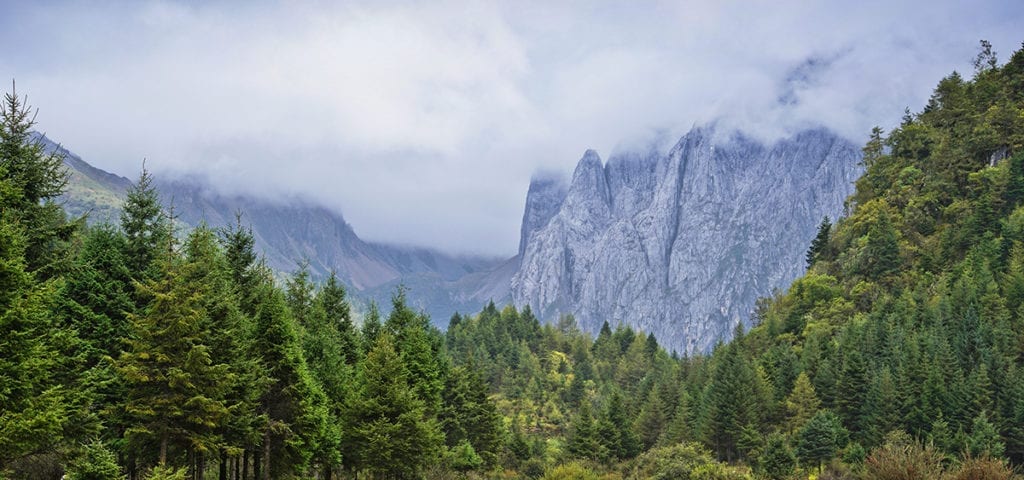A recent study into the historical origins of cannabis has traced the plant back just over 28 million years ago to the Tibetan Plateau, 10,500 feet above sea level.
Study: Cannabis Evolved In Tibet 28M Years Ago

Full story continued below.
Advertisement
According to a new study by researchers at the University of Vermont, the cannabis plant may have evolved 28 million years ago on a Tibetan plateau around Qinghai Lake at about 10,500 feet above sea level, according to a New Scientist report. The study, led by John McPartland of the Family Medicine Department, searched other studies to find archeological and geological sites where cannabis pollen has been reported.
The cannabis plant prefers an open, grassy, and treeless habitat but identifying its pollen isn’t easy because it looks identical to that of the common hop plant, which grows mostly in woodland areas.
The researchers note that biogeographers have long believed that “Central Asia” is where wild cannabis first grew, adding that cannabis pollen first appeared in India more than 32,000 years ago and in Japan in 10,000 BCE. However, the study is the first attempt to pinpoint precisely where the plant evolved.
Robert Clarke, of BioAgronomics Group Consultants, told New Scientist that there are limitations to the research, which was published in the Vegetation History and Archaeobotany journal on May 14, namely that trees may grow on the banks of steppe environments so cannabis and tree pollen can occur.
Jean-Jacques Hublin, of the Max Planck Institute for Evolutionary Anthropology, told Huffs & Puffs that since that region was in a deep ice age 160,000 years ago it may have stalled cannabis growth on the plateau.
Get daily news insights in your inbox. Subscribe
End